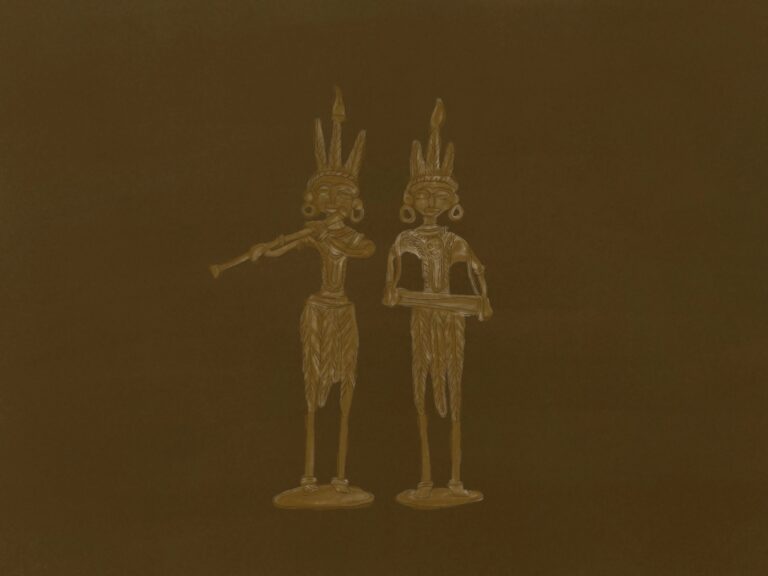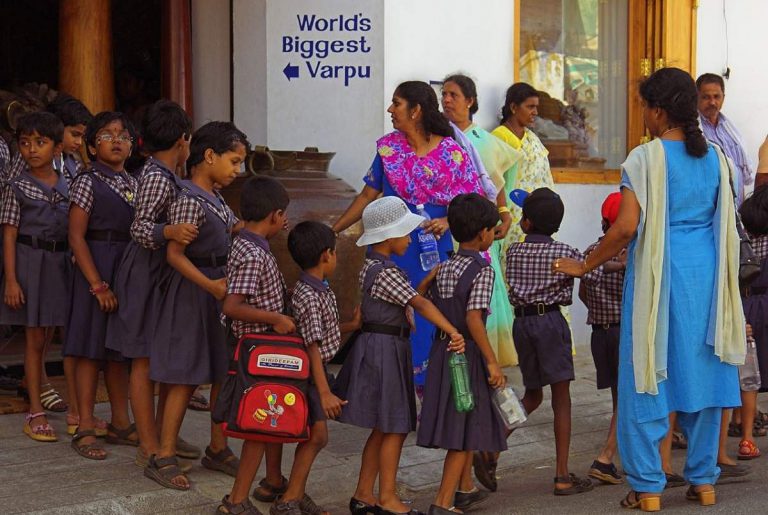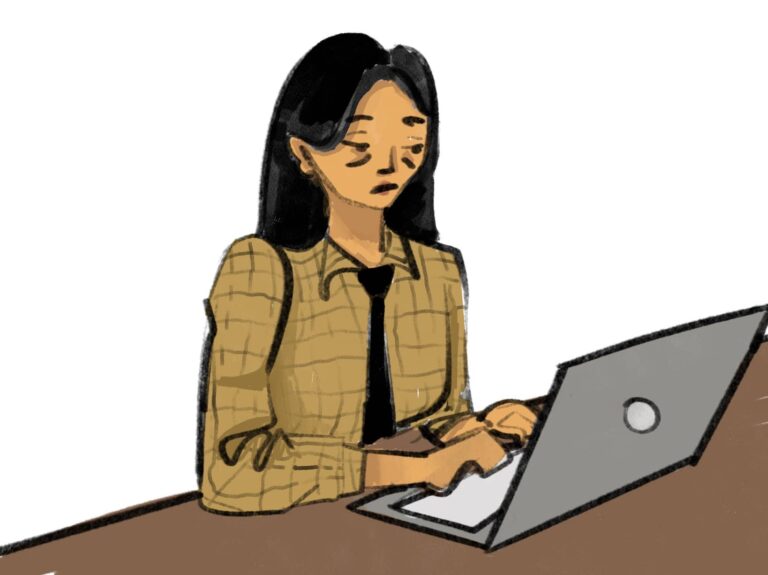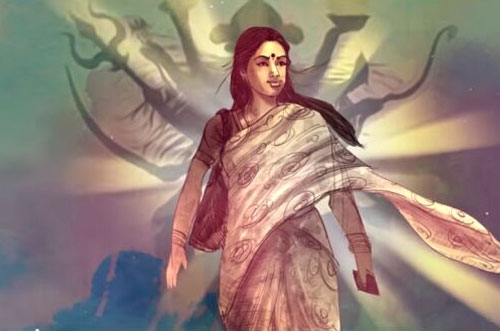Aggressive Majoritarianism and Power
In a recent interview with “The Indian Express, “ Chief Minister of Chhattisgarh Bhupesh Baghel lamented the projection of Lord Rama as a Rambo-like figure and Lord Hanuman as a symbol of anger. He criticized BJP- RSS for promoting “provocative and aggressive nationalism.” It would be prudent to use aggressive majoritarianism instead of just nationalism as not only in the context of the nation but also in the context of religion the aggressive attitude is displayed by the majority. What is the reason for such an attitude? What are its implications? These are some pertinent questions one must ponder upon.
The reason for Aggressive Majoritarianism
Such aggression is the outcome of the desire of one community to control, dominate and project its power on others and this situation is worrying for the Indian society. A perception has developed in the society that during the tenure of earlier governments Muslims, who are a minority, used to dominate the Hindus, who are the majority, due to the appeasement politics of the incumbent governments and with the election of the BJP to the power Hindus have realized the so perceived dominance, got united now and are safer than anytime before. As united Hindus, they shall now try to dominate and control the minorities via the power projection which is the reason for such an aggressive attitude. This power projection involves curtailing the so perceived privileges of the minorities and displaying visual power projection.
Curtailing the privileges
Attempts made now and then to curtail the rights of minorities are very much evident. The growing resistance to Muslims offering namaz in the open and the removal of loudspeakers from the mosques in UP are some of its examples. Even something as noble as triple talaq is not worshipped as a step for the betterment of Muslim women but rather is looked upon as a right that is snatched from the Muslim men. It is due to this mindset that the Hijab issue in Karnataka has become a religious issue and not an issue of the rights and freedom of women.
Visual Power Projection
The powerful may not always be able to prove their power but they are always able to show it. It is due to this reason that visual power projection – the visual performance of one’s power – always stands as an option with the powerful, not only to threaten its adversaries but also to inculcate a feeling within the powerful group that it is powerful and can defend itself. This tactic is frequently used in international power struggles. That gives clue to the reason why US ships wander in the South China Sea and Chinese ships in Taiwanese waters and the Indo -Pacific region. Power projection is therefore an important option the powerful use to inculcate this feeling that the majority is now fearless and strong enough to invade the rival’s territory.
Just like the powerful countries at the global level, the majority community in India is trying to project itself as a powerful entity. To achieve this sense of power -within the community and outside it- it projects the divine characters, even the benign ones, as warriors who are angry and ready to kill and defend. So there lies the answer to Mr. Baghel’s observation. Lord Rama is projected as a warrior unlike the calm figure of Maryada Purushottam. Lord Hanuman is shown as angry though it is hard to find in Ramayana of both Valmiki and Tulsi that he became angry. The Brahmin community who earlier perceived themselves as calm individuals now worship the angry Brahmin warrior Lord Parshuram even though Lord Parshuram’s anger made him do several blunders which he was made to realize by Lord Rama after he broke the bow of Lord Shiva. Through this episode, one must learn to shed away anger but the situation is contrary at present. Moreover, The Ravan who is the main villain in the Ramayan and is considered the symbol of ego and evil is now glorified and appreciated by some sections of society.
Implications
The implications are not hard to guess but are worrying. Such an attitude will lay down the seed of a divide between the Hindu majority and the minorities. Evidence of such divide is very much clear after the recent violent clashes at Khargone in MP, Jahangirpuri in Delhi, Jodhpur, Karuali, and Bhilwara in Rajasthan. It will curtail the unique identity of India of having unity in a vast diversity.
Another worrying implication is the resistance to reforms within a religion. This is because reforms in a religious community are perceived as attempts to curtail the rights of that community which projects the community as a weak entity. Every community is therefore resisting the much-needed reforms to prevent its projection as weak. For example, the entry of women into the Sabrimala temple is opposed by orthodox groups who consider that the privileges of the Hindu community are curtailed via secular forces. Similarly, triple talaq was opposed by the orthodox Muslim class. In fact, several reforms are required in almost all communities. For example, Purdah in Muslim women and Ghunghat (veil) in Hindu women must be abolished as it curtails women’s freedom and shows the backwardness of the community.
However, in the race of power projection where no one wants to project oneself as weak, the genuine efforts of welfare find no place. Annals of history have shown that all those civilizations that resisted reforms and did not grow with the time, perished. So the religion today is not in danger due to any other religious community rather is due to this parochial thinking of resistance that prevents changes.
The Need
Fostering love among communities is a necessity of Indian society. As per Kjellen, a great geopolitical thinker, one of the primary requisites to become a grossmacht (Great Power) is to have internal cohesion. So at a time when the world is looking toward India for food security, energy security, as a pioneer in renewable energy, as an economic power, as an FDI and business destination, as a manufacturing hub, and as an obvious alternative to rising and assertive China, such a divided society does great harm to the internal cohesion of the country and does not behoove a country which is at the center of the world today.
The Way Out
To overcome the hurdle, it is important to spread both true religious knowledge and modern education and prevent the spread of divisive voices. The young minds of India must be taught about the principle of unity in diversity which India has cherished. The Hindu community must realize that true Hinduism lies in “Sarv Dharm Sambhav “ (treat all religions equally) and “Vasudev Kutumbkam” (the whole world is a family). Similarly, Muslims must extend the concept of brotherhood to individuals of other religions also.
Also, it is important to imbibe the ideals of our constitution enshrined in our Preamble. Society, especially students in schools and colleges, must be made to realize the benefits of unity and togetherness. This must be followed by a crackdown on the divisive voices.
Role of Government
In all the measures mentioned above government has a very crucial role to play. However, the major, if not sole role of government is in checking the divisive voices. At present the fourth pillar of democracy – the media, especially the TV media and social media- have become a hub of communal hatred who without any fear spread fake news and rumors. The government must realize that inaction toward media boosts their morale and creates great fault lines in society. It must shed away the narrow benefits it gains via appeasement of the majority and must work for a united society so that when the world enters India it talks about it for the right reasons.








